Precautions for purchasing damper for air duct
Category : Blog
Damper for air duct are an essential component of any HVAC system and are used to regulate airflow within the duct. It is a valve that can be opened or closed to control air flow, ensuring that the temperature and pressure within the pipe remain stable and within the desired range. Dampers can also help reduce noise levels and improve energy efficiency by minimizing air leakage.
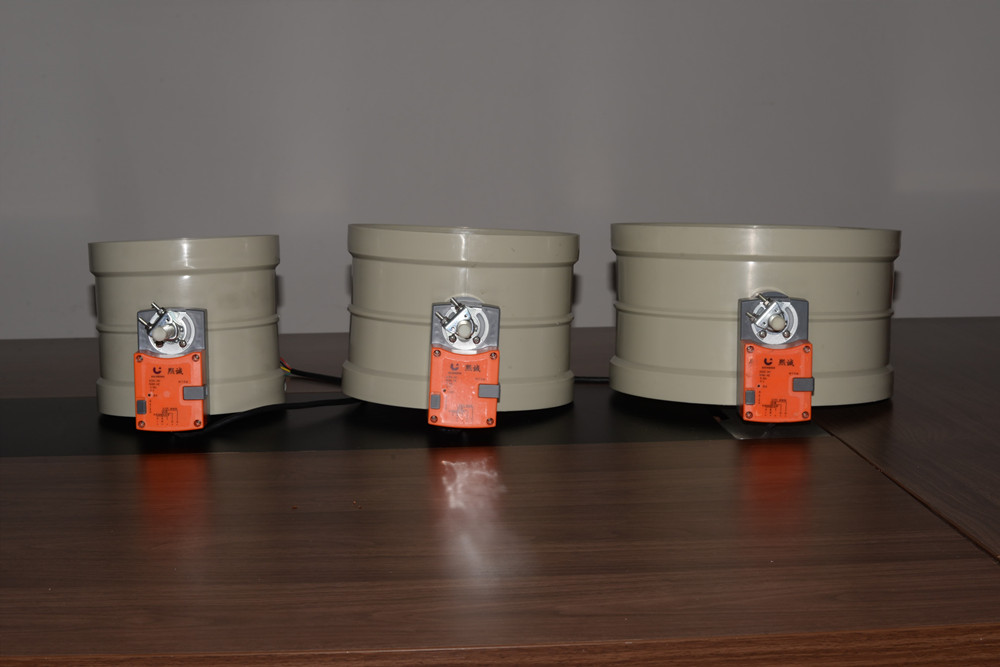
Precautions for purchasing damper for air duct
There are various types of dampers available for use with air ducts, including manual, electric, and automatic dampers. Manual air duct dampers are the simplest type and are manually operated by adjusting a lever or knob. Electric air duct dampers, on the other hand, use a motor to automatically open and close the dampers, while automatic air duct dampers are equipped with sensors that detect changes in temperature, humidity, or pressure and adjust airflow accordingly.
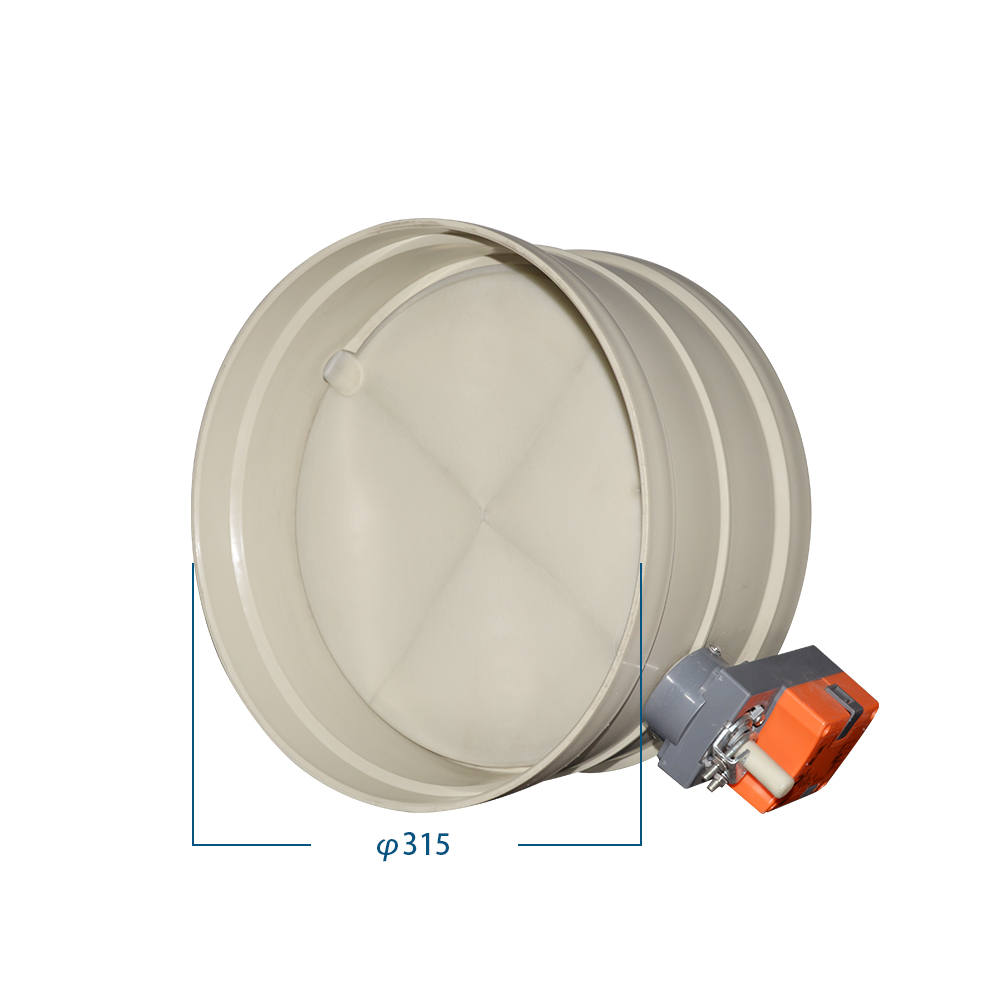
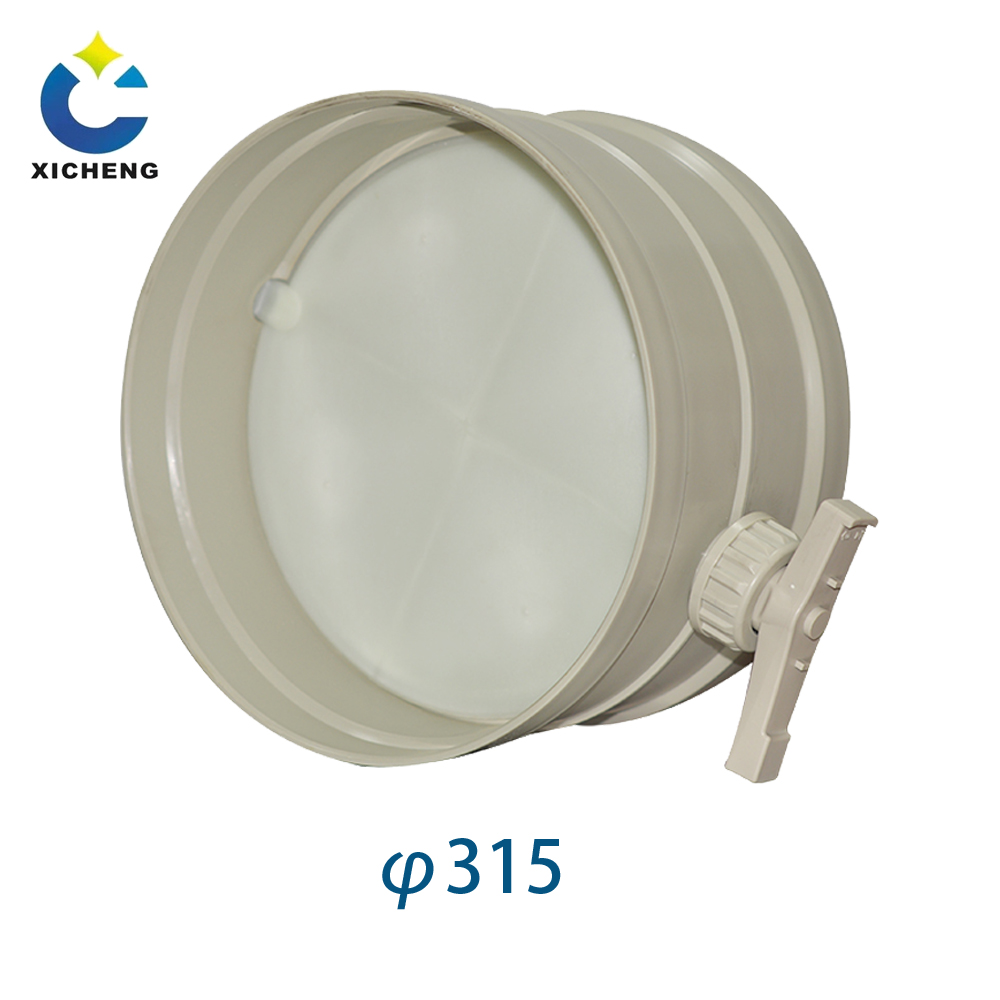
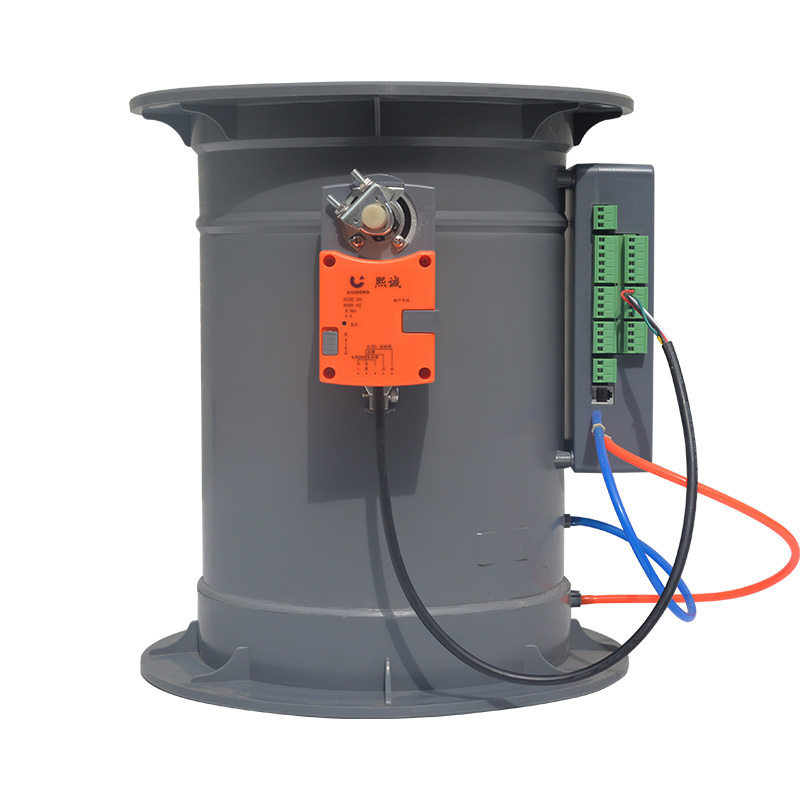
The material used to make the damper for air duct is also an important consideration as it affects the durability and efficiency of the product. Common materials include galvanized steel, aluminum, stainless steel, and plastic. Galvanized steel is a popular choice for its durability and resistance to rust and corrosion. Aluminum is light and easy to machine, making it the first choice for small pipes. Stainless steel is a high-quality material with excellent corrosion resistance and extreme temperature resistance, which is very suitable for use in harsh environments. The plastic material is lightweight and can be injection molded. It is the most cost-effective air duct damper product on the market, but Plastic dampers cannot be used in high temperature environments.
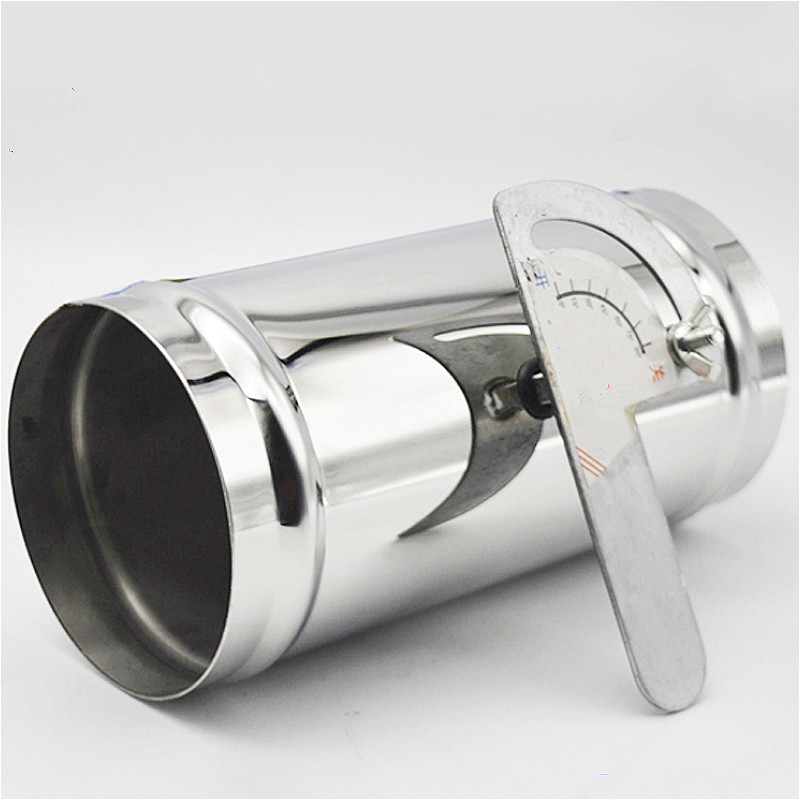
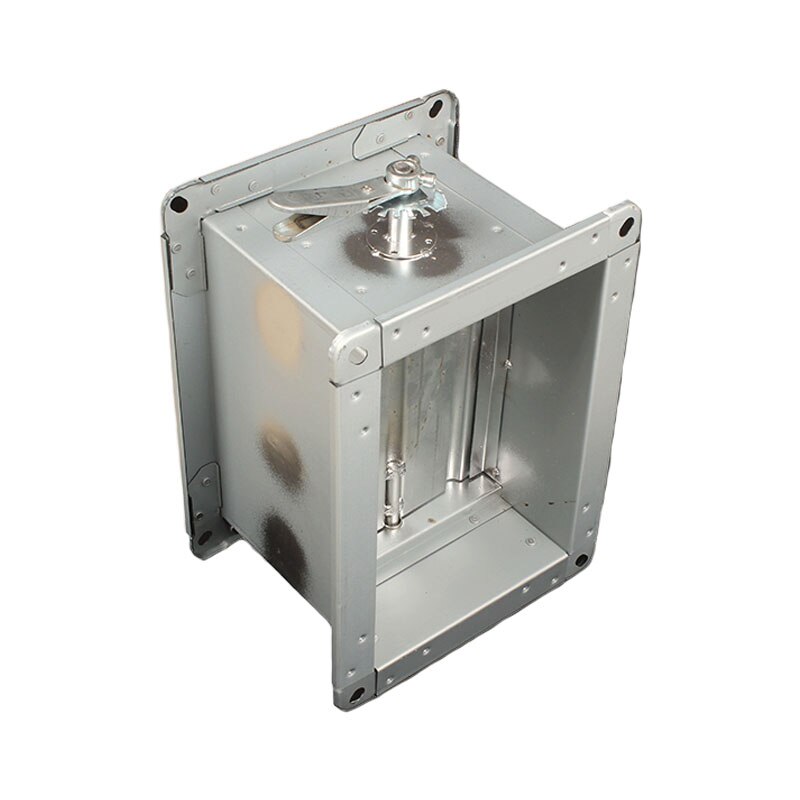
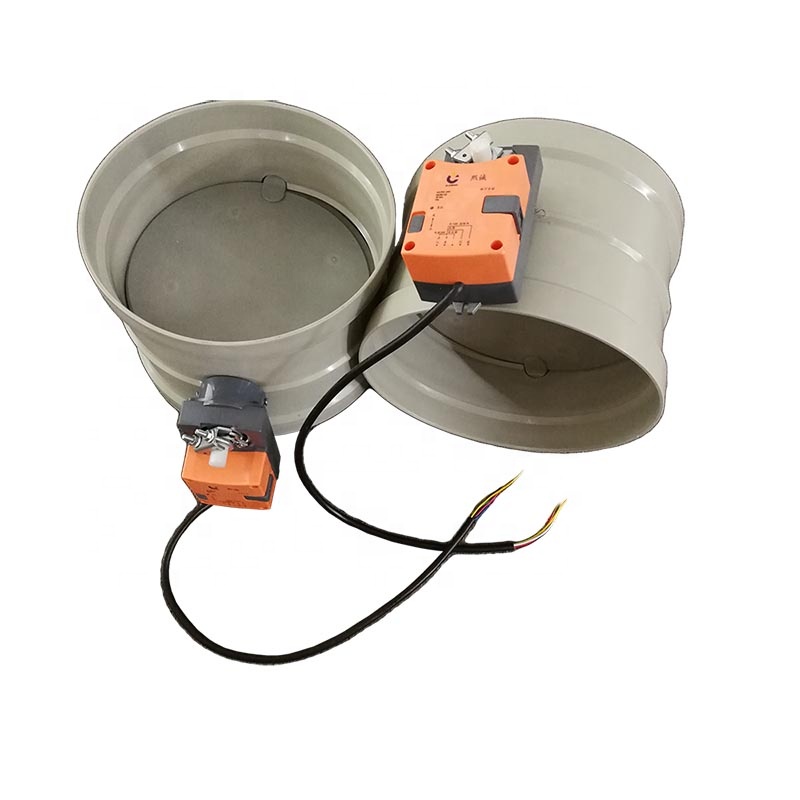
When selecting a damper for air duct, several factors need to be considered, such as duct size, airflow requirements, and desired level of control. The damper should be sized to match the size of the duct and the airflow rating should be sufficient to handle the required airflow. The level of control required will depend on the application, with manual dampers suitable for simple systems and automatic or electric dampers more suitable for complex systems.
An important consideration when selecting a damper is the air leakage rate, which affects the energy efficiency of the HVAC system. Air leaks occur when the damper seals poorly, allowing air to escape or enter the duct. This leads to increased energy consumption and reduced comfort. To minimize air leakage, it is important to choose a damper designed for a tight seal with a low leakage rate.
Another consideration is noise levels, as some dampers can create unwanted noise when they are on or off. This is especially problematic in a residential or office environment, where too much noise can be distracting. To minimize noise, it is important to choose a damper with a quiet motor or one designed for smooth operation.
In addition to regulating airflow and improving energy efficiency, dampers can play a vital role in ensuring indoor air quality. By regulating air flow, dampers prevent pollutants, allergens, and other pollutants from spreading throughout a building. This is especially important in healthcare facilities, where clean air is critical to patient health.
In conclusion, damper for air duct are an important part of any HVAC system, providing basic control over airflow, temperature and pressure. By choosing the right damper for your application, you can increase energy efficiency, reduce noise and ensure optimal indoor air quality. With a range of available materials, sizes and control options, there is a damper to suit every application, from simple residential systems to complex commercial environments.